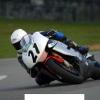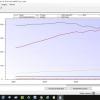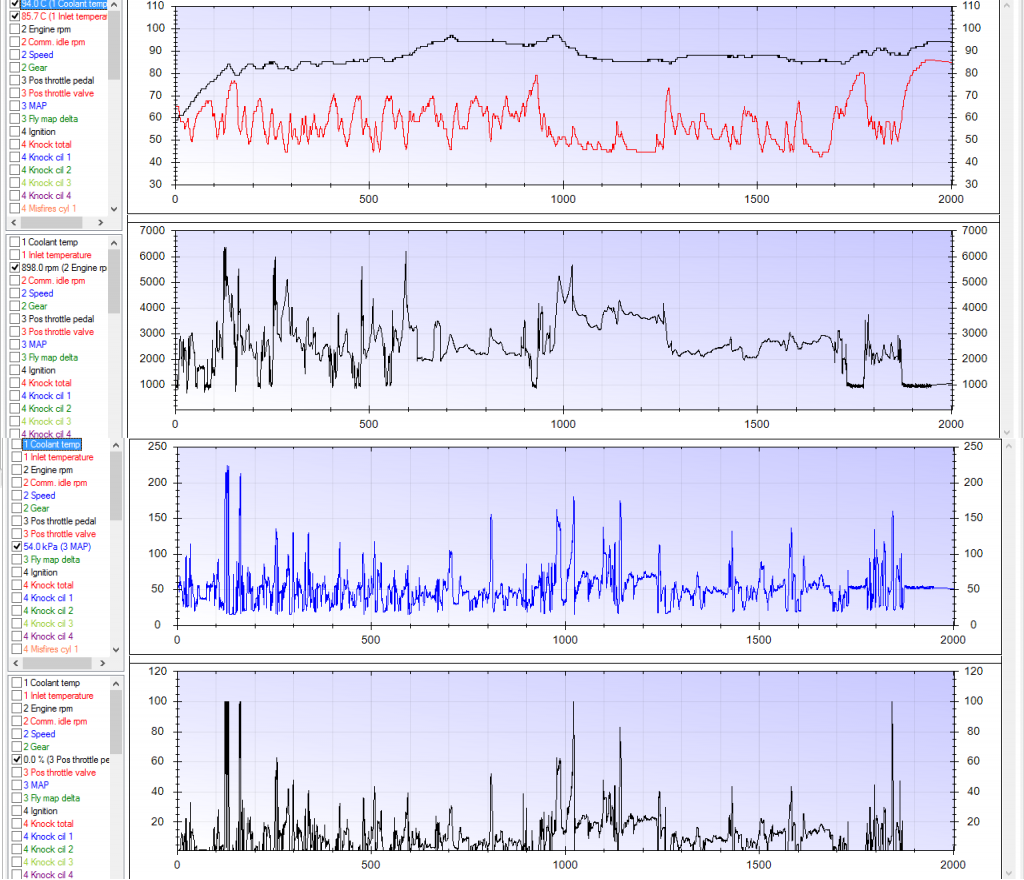After doing a fuel learn session with logging I had a look over the data and my IATs are barely dropping below 50 degrees and that's only when cruising on a motorway with lots of airflow.(and it's only just under 50)
This just seems way too high, I would have thought cruising it shouldn't be more than 15-20 degrees over ambient at most.
Charge cooler is the standard pro alloy CC setup with dual pass mod.
Checked and fans running in the right direction (although wouldn't affect cruising when they're not running)
Can see water being pumped into the charge cooler tank
I've been on the CS map for over 2 years and recently moved to OBDTuner with TMAP which is why I've noticed it.
Not had any issues previously and car been comparable with other stage 2 SC's on track even on really hot days.
It almost looks like the charge cooling is doing nothing at all, am I really a stage 1! ![]()
I'm almost starting to think the radiator and CC rad could be around the wrong way.
Even if the charge cooling failed would you expect IATs as high as I'm seeing?



















